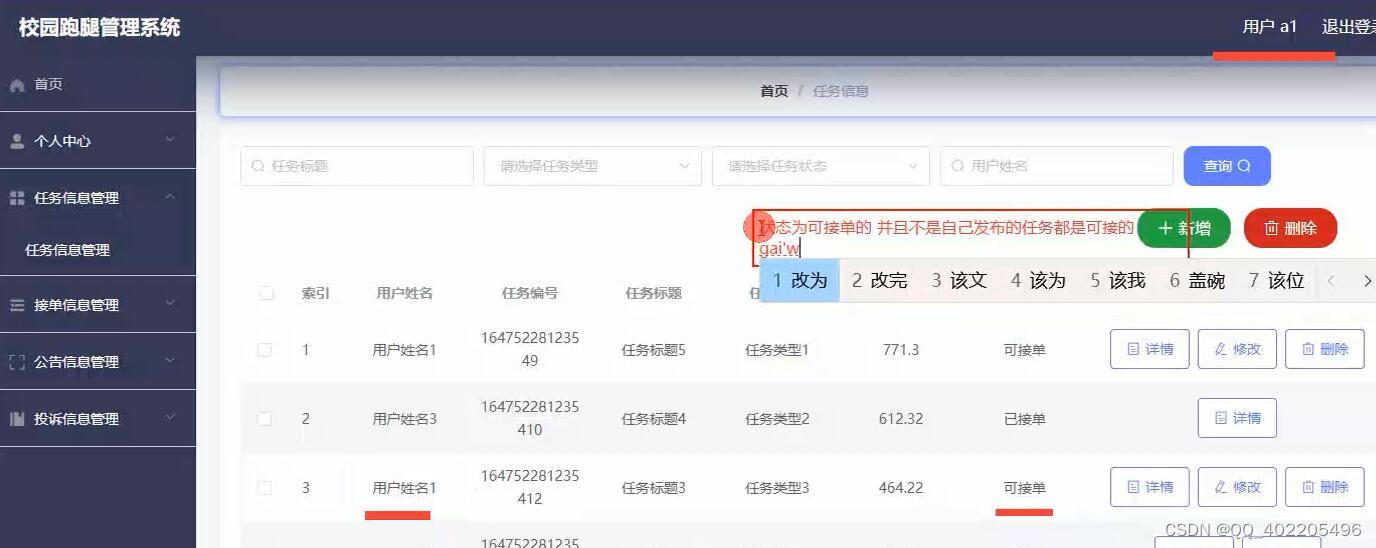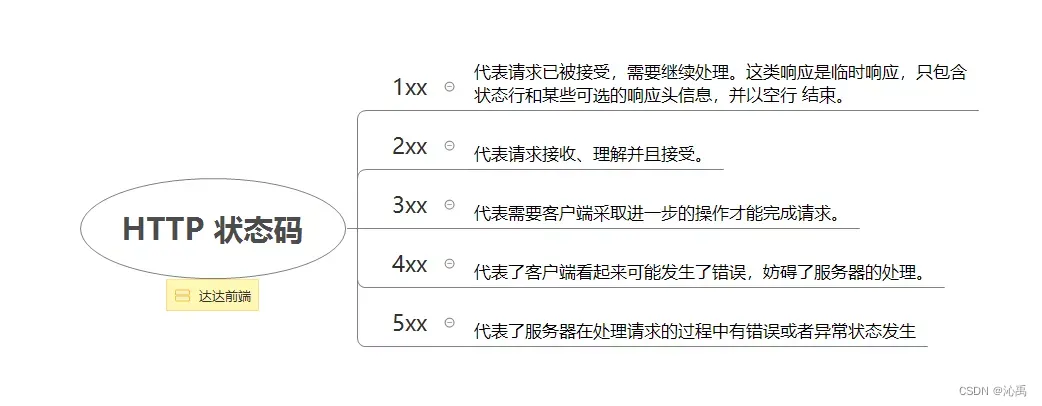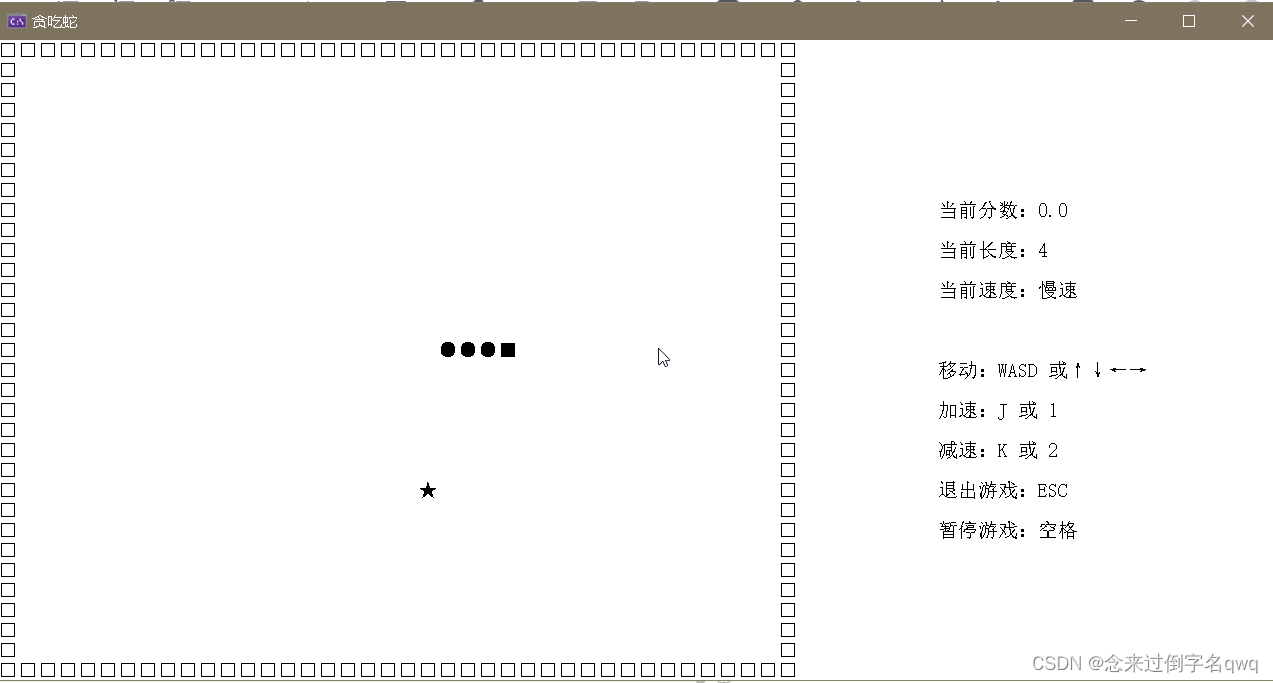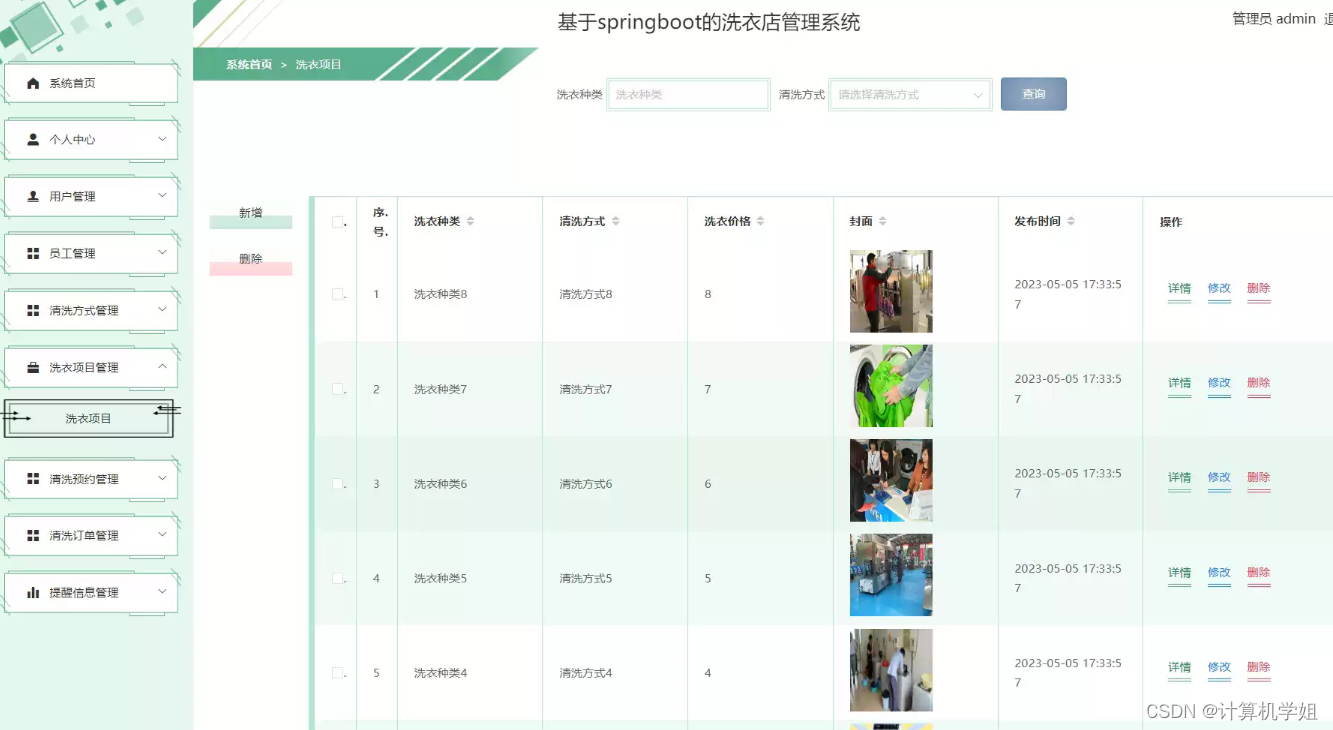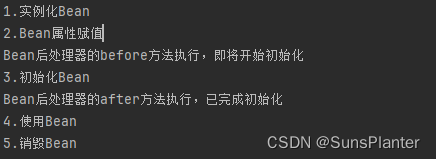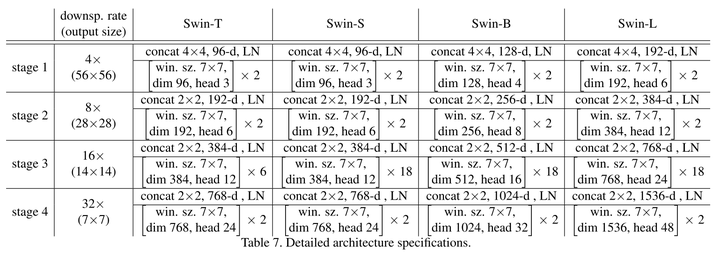目录
- 一、前置说明
- 1、总体目录
- 2、相关回顾
- 3、本节目标
- 二、操作步骤
- 1、项目目录
- 2、代码实现
- 3、测试代码
- 4、日志输出
- 三、后置说明
- 1、要点小结
- 2、下节准备
一、前置说明
1、总体目录
- 《 pyparamvalidate 参数校验器,从编码到发布全过程》
2、相关回顾
- 基于 Validator 类实现 ParamValidator,用于校验函数参数
- 优化 ParamValidator,让编辑器Pycharm智能提示校验方法
3、本节目标
- 添加常用校验方法,校验常见数据格式
二、操作步骤
1、项目目录

atme:@me用于存放临时的代码片断或其它内容。pyparamvalidate: 新建一个与项目名称同名的package,为了方便发布至pypi。core: 用于存放核心代码。tests: 用于存放测试代码。utils: 用于存放一些工具类或方法。
2、代码实现
pyparamvalidate/core/validator.py
import functools
import inspect
import os
from typing import TypeVar
def _error_prompt(value, exception_msg=None, rule_des=None, field=None):
default = f'"{value}" is invalid.'
prompt = exception_msg or rule_des
prompt = f'{default} due to: {prompt}' if prompt else default
prompt = f'{field} error: {prompt}' if field else prompt
return prompt
def raise_exception(func):
@functools.wraps(func)
def wrapper(self, *args, **kwargs):
bound_args = inspect.signature(func).bind(self, *args, **kwargs).arguments
exception_msg = kwargs.get('exception_msg', None) or bound_args.get('exception_msg', None)
error_prompt = _error_prompt(self.value, exception_msg, self._rule_des, self._field)
result = func(self, *args, **kwargs)
if not result:
raise ValueError(error_prompt)
return self
return wrapper
class RaiseExceptionMeta(type):
def __new__(cls, name, bases, dct):
for key, value in dct.items():
if isinstance(value, staticmethod):
dct[key] = staticmethod(raise_exception(value.__func__))
if isinstance(value, classmethod):
dct[key] = classmethod(raise_exception(value.__func__))
if inspect.isfunction(value) and not key.startswith("__"):
dct[key] = raise_exception(value)
return super().__new__(cls, name, bases, dct)
'''
- TypeVar 是 Python 中用于声明类型变量的工具
- 声明一个类型变量,命名为 'Self', 意思为表示类的实例类型
- bound 参数指定泛型类型变量的上界,即限制 'Self' 必须是 'Validator' 类型或其子类型
'''
Self = TypeVar('Self', bound='Validator')
class Validator(metaclass=RaiseExceptionMeta):
def __init__(self, value, field=None, rule_des=None):
self.value = value
self._field = field
self._rule_des = rule_des
def is_string(self, exception_msg=None) -> Self:
"""
将返回类型注解定义为 Self, 支持编辑器如 pycharm 智能提示链式调用方法,如:Validator(input).is_string().is_not_empty()
- 从 Python 3.5 版本开始支持类型注解
- 在 Python 3.5 中引入了 PEP 484(Python Enhancement Proposal 484),其中包括了类型注解的概念,并引入了 typing 模块,用于支持类型提示和静态类型检查;
- 类型注解允许开发者在函数参数、返回值和变量上添加类型信息,但是在运行时,Python 解释器不会检查这些注解是否正确;
- 它们主要用于提供给静态类型检查器或代码编辑器进行,以提供更好的代码提示和错误检测;
- Python 运行时并不强制执行这些注解,Python 依然是一门动态类型的语言。
- 本方法中:
- 返回值类型为 bool 类型,用于与装饰器函数 raise_exception 配合使用,校验 self.value 是否通过;
- 为了支持编辑器如 pycharm 智能识别链式调用方法,将返回类型注解定义为 Self, 如:Validator(input).is_string().is_not_empty();
- Self, 即 'Validator', 由 Self = TypeVar('Self', bound='Validator') 定义;
- 如果返回类型不为 Self, 编辑器如 pycharm 在 Validator(input).is_string() 之后,不会智能提示 is_not_empty()
"""
return isinstance(self.value, str)
def is_int(self, exception_msg=None):
return isinstance(self.value, int)
def is_positive(self, exception_msg=None):
return self.value > 0
def is_float(self, exception_msg=None):
return isinstance(self.value, float)
def is_list(self, exception_msg=None):
return isinstance(self.value, list)
def is_dict(self, exception_msg=None):
return isinstance(self.value, dict)
def is_set(self, exception_msg=None):
return isinstance(self.value, set)
def is_tuple(self, exception_msg=None):
return isinstance(self.value, tuple)
def is_not_none(self, exception_msg=None):
return self.value is not None
def is_not_empty(self, exception_msg=None):
return bool(self.value)
def is_allowed_value(self, allowed_values, exception_msg=None):
return self.value in allowed_values
def is_specific_value(self, specific_value, exception_msg=None):
return self.value == specific_value
def max_length(self, max_length, exception_msg=None):
return len(self.value) <= max_length
def min_length(self, min_length, exception_msg=None):
return len(self.value) >= min_length
def is_substring(self, super_string, exception_msg=None):
return self.value in super_string
def is_subset(self, superset, exception_msg=None):
return self.value.issubset(superset)
def is_sublist(self, superlist, exception_msg=None):
return set(self.value).issubset(set(superlist))
def contains_substring(self, substring, exception_msg=None):
return substring in self.value
def contains_subset(self, subset, exception_msg=None):
return subset.issubset(self.value)
def contains_sublist(self, sublist, exception_msg=None):
return set(sublist).issubset(set(self.value))
def is_file(self, exception_msg=None):
return os.path.isfile(self.value)
def is_dir(self, exception_msg=None):
return os.path.isdir(self.value)
def is_file_suffix(self, file_suffix, exception_msg=None):
return self.value.endswith(file_suffix)
def is_method(self, exception_msg=None):
return callable(self.value)
3、测试代码
pyparamvalidate/tests/test_validator.py
import os
import pytest
from pyparamvalidate.core.validator import Validator
def test_is_string():
assert Validator("test").is_string(exception_msg='value must be string')
with pytest.raises(ValueError) as exc_info:
Validator(123).is_string(exception_msg='value must be string')
assert "value must be string" in str(exc_info.value)
def test_is_int():
assert Validator(42).is_int(exception_msg='value must be integer')
with pytest.raises(ValueError) as exc_info:
Validator("test").is_int(exception_msg='value must be integer')
assert "value must be integer" in str(exc_info.value)
def test_is_positive():
assert Validator(42).is_positive(exception_msg='value must be positive')
with pytest.raises(ValueError) as exc_info:
Validator(-1).is_positive(exception_msg='value must be positive')
assert "value must be positive" in str(exc_info.value)
def test_is_float():
assert Validator(3.14).is_float(exception_msg='value must be float')
with pytest.raises(ValueError) as exc_info:
Validator("test").is_float(exception_msg='value must be float')
assert "value must be float" in str(exc_info.value)
def test_is_list():
assert Validator([1, 2, 3]).is_list(exception_msg='value must be list')
with pytest.raises(ValueError) as exc_info:
Validator("test").is_list(exception_msg='value must be list')
assert "value must be list" in str(exc_info.value)
def test_is_dict():
assert Validator({"key": "value"}).is_dict(exception_msg='value must be dict')
with pytest.raises(ValueError) as exc_info:
Validator([1, 2, 3]).is_dict(exception_msg='value must be dict')
assert "value must be dict" in str(exc_info.value)
def test_is_set():
assert Validator({1, 2, 3}).is_set(exception_msg='value must be set')
with pytest.raises(ValueError) as exc_info:
Validator([1, 2, 3]).is_set(exception_msg='value must be set')
assert "value must be set" in str(exc_info.value)
def test_is_tuple():
assert Validator((1, 2, 3)).is_tuple(exception_msg='value must be tuple')
with pytest.raises(ValueError) as exc_info:
Validator([1, 2, 3]).is_tuple(exception_msg='value must be tuple')
assert "value must be tuple" in str(exc_info.value)
def test_is_not_none():
assert Validator("test").is_not_none(exception_msg='value must not be None')
with pytest.raises(ValueError) as exc_info:
Validator(None).is_not_none(exception_msg='value must not be None')
assert "value must not be None" in str(exc_info.value)
def test_is_not_empty():
assert Validator("test").is_not_empty(exception_msg='value must not be empty')
with pytest.raises(ValueError) as exc_info:
Validator("").is_not_empty(exception_msg='value must not be empty')
assert "value must not be empty" in str(exc_info.value)
def test_is_allowed_value():
assert Validator(3).is_allowed_value(allowed_values=[1, 2, 3, 4, 5],
exception_msg='value must be in allowed_values')
with pytest.raises(ValueError) as exc_info:
Validator(6).is_allowed_value(allowed_values=[1, 2, 3, 4, 5],
exception_msg='value must be in allowed_values')
assert "value must be in allowed_values" in str(exc_info.value)
def test_is_specific_value():
assert Validator(3).is_specific_value(specific_value=3,
exception_msg='value must be in allowed_values')
with pytest.raises(ValueError) as exc_info:
Validator(6).is_specific_value(specific_value=3,
exception_msg='value must be in allowed_values')
assert "value must be in allowed_values" in str(exc_info.value)
def test_max_length():
assert Validator("test").max_length(max_length=5,
exception_msg='value length must be less than or equal to 5')
with pytest.raises(ValueError) as exc_info:
Validator("test").max_length(max_length=3,
exception_msg='value length must be less than or equal to 3')
assert "value length must be less than or equal to 3" in str(exc_info.value)
def test_min_length():
assert Validator("test").min_length(min_length=3,
exception_msg='value length must be greater than or equal to 3')
with pytest.raises(ValueError) as exc_info:
Validator("test").min_length(min_length=5,
exception_msg='value length must be greater than or equal to 5')
assert "value length must be greater than or equal to 5" in str(exc_info.value)
def test_is_substring():
assert Validator("st").is_substring(super_string="test",
exception_msg='sub_string must be a substring of super_string')
with pytest.raises(ValueError) as exc_info:
Validator("abc").is_substring(super_string="test",
exception_msg='sub_string must be a substring of super_string')
assert "sub_string must be a substring of super_string" in str(exc_info.value)
def test_is_subset():
assert Validator({1, 2}).is_subset(superset={1, 2, 3, 4},
exception_msg='subset must be a subset of superset')
with pytest.raises(ValueError) as exc_info:
Validator({5, 6}).is_subset(superset={1, 2, 3, 4},
exception_msg='subset must be a subset of superset')
assert "subset must be a subset of superset" in str(exc_info.value)
def test_is_sublist():
assert Validator([1, 2]).is_sublist(superlist=[1, 2, 3, 4],
exception_msg='sublist must be a sublist of superlist')
with pytest.raises(ValueError) as exc_info:
Validator([5, 6]).is_sublist(superlist=[1, 2, 3, 4],
exception_msg='sublist must be a sublist of superlist')
assert "sublist must be a sublist of superlist" in str(exc_info.value)
def test_contains_substring():
assert Validator("test").contains_substring(substring="es",
exception_msg='superstring must contain substring')
with pytest.raises(ValueError) as exc_info:
Validator("test").contains_substring(substring="abc",
exception_msg='superstring must contain substring')
assert "superstring must contain substring" in str(exc_info.value)
def test_contains_subset():
assert Validator({1, 2, 3, 4}).contains_subset(subset={1, 2},
exception_msg='superset must contain subset')
with pytest.raises(ValueError) as exc_info:
Validator({1, 2, 3, 4}).contains_subset(subset={5, 6},
exception_msg='superset must contain subset')
assert "superset must contain subset" in str(exc_info.value)
def test_contains_sublist():
assert Validator([1, 2, 3, 4]).contains_sublist(sublist=[1, 2],
exception_msg='superlist must contain sublist')
with pytest.raises(ValueError) as exc_info:
Validator([1, 2, 3, 4]).contains_sublist(sublist=[5, 6],
exception_msg='superlist must contain sublist')
assert "superlist must contain sublist" in str(exc_info.value)
def test_is_file_suffix():
assert Validator("example.txt").is_file_suffix(file_suffix=".txt",
exception_msg='path must have the specified file suffix')
with pytest.raises(ValueError) as exc_info:
Validator("example.txt").is_file_suffix(file_suffix=".csv",
exception_msg='path must have the specified file suffix')
assert "path must have the specified file suffix" in str(exc_info.value)
def test_is_file():
assert Validator(__file__).is_file(exception_msg='path must be an existing file')
with pytest.raises(ValueError) as exc_info:
Validator("path").is_file(
exception_msg='path must be an existing file')
assert "path must be an existing file" in str(exc_info.value)
def test_is_dir():
assert Validator(os.path.dirname(__file__)).is_dir(
exception_msg='path must be an existing directory')
with pytest.raises(ValueError) as exc_info:
Validator(__file__).is_dir(
exception_msg='path must be an existing directory')
assert "path must be an existing directory" in str(exc_info.value)
def test_is_method():
assert Validator(print).is_method(exception_msg='value must be a callable method')
with pytest.raises(ValueError) as exc_info:
Validator("test").is_method(exception_msg='value must be a callable method')
assert "value must be a callable method" in str(exc_info.value)
4、日志输出
执行 test 的日志如下,验证通过:
============================= test session starts =============================
collecting ... collected 24 items
test_validator.py::test_is_string PASSED [ 4%]
test_validator.py::test_is_int PASSED [ 8%]
test_validator.py::test_is_positive PASSED [ 12%]
test_validator.py::test_is_float PASSED [ 16%]
test_validator.py::test_is_list PASSED [ 20%]
test_validator.py::test_is_dict PASSED [ 25%]
test_validator.py::test_is_set PASSED [ 29%]
test_validator.py::test_is_tuple PASSED [ 33%]
test_validator.py::test_is_not_none PASSED [ 37%]
test_validator.py::test_is_not_empty PASSED [ 41%]
test_validator.py::test_is_allowed_value PASSED [ 45%]
test_validator.py::test_is_specific_value PASSED [ 50%]
test_validator.py::test_max_length PASSED [ 54%]
test_validator.py::test_min_length PASSED [ 58%]
test_validator.py::test_is_substring PASSED [ 62%]
test_validator.py::test_is_subset PASSED [ 66%]
test_validator.py::test_is_sublist PASSED [ 70%]
test_validator.py::test_contains_substring PASSED [ 75%]
test_validator.py::test_contains_subset PASSED [ 79%]
test_validator.py::test_contains_sublist PASSED [ 83%]
test_validator.py::test_is_file_suffix PASSED [ 87%]
test_validator.py::test_is_file PASSED [ 91%]
test_validator.py::test_is_dir PASSED [ 95%]
test_validator.py::test_is_method PASSED [100%]
============================= 24 passed in 0.02s ==============================
三、后置说明
1、要点小结
is_string:检查参数是否为字符串。is_int:检查参数是否为整数。is_positive:检查参数是否为正数。is_float:检查参数是否为浮点数。is_list:检查参数是否为列表。is_dict:检查参数是否为字典。is_set:检查参数是否为集合。is_tuple:检查参数是否为元组。is_not_none:检查参数是否不为None。is_not_empty:检查参数是否不为空(对于字符串、列表、字典、集合等)。is_allowed_value:检查参数是否在指定的允许值范围内。max_length:检查参数的长度是否不超过指定的最大值。min_length:检查参数的长度是否不小于指定的最小值。is_substring:检查参数是否为指定字符串的子串。is_subset:检查参数是否为指定集合的子集。is_sublist:检查参数是否为指定列表的子列表。contains_substring:检查参数是否包含指定字符串。contains_subset:检查参数是否包含指定集合。contains_sublist:检查参数是否包含指定列表。is_file:检查参数是否为有效的文件。is_dir:检查参数是否为有效的目录。is_file_suffix:检查参数是否以指定文件后缀结尾。is_method:检查参数是否为可调用的方法(函数)。
注意:要将在 Validator 类中添加的方法,复制粘贴至 ParameterValidator 类中,方便 Pycharm 智能提示。
2、下节准备
- 添加 自定义校验方法,让用户自定义校验规则
点击返回主目录


